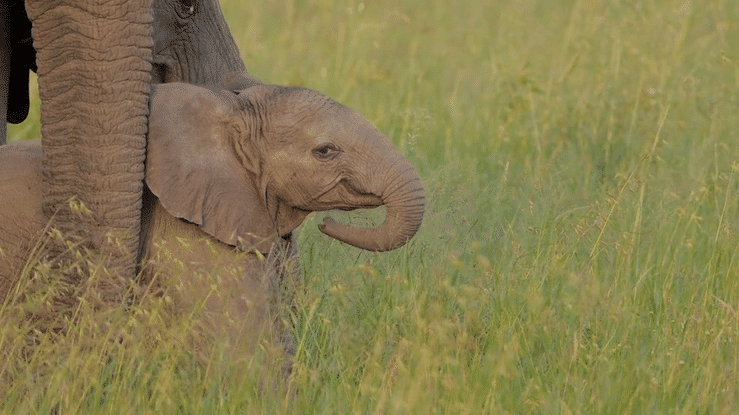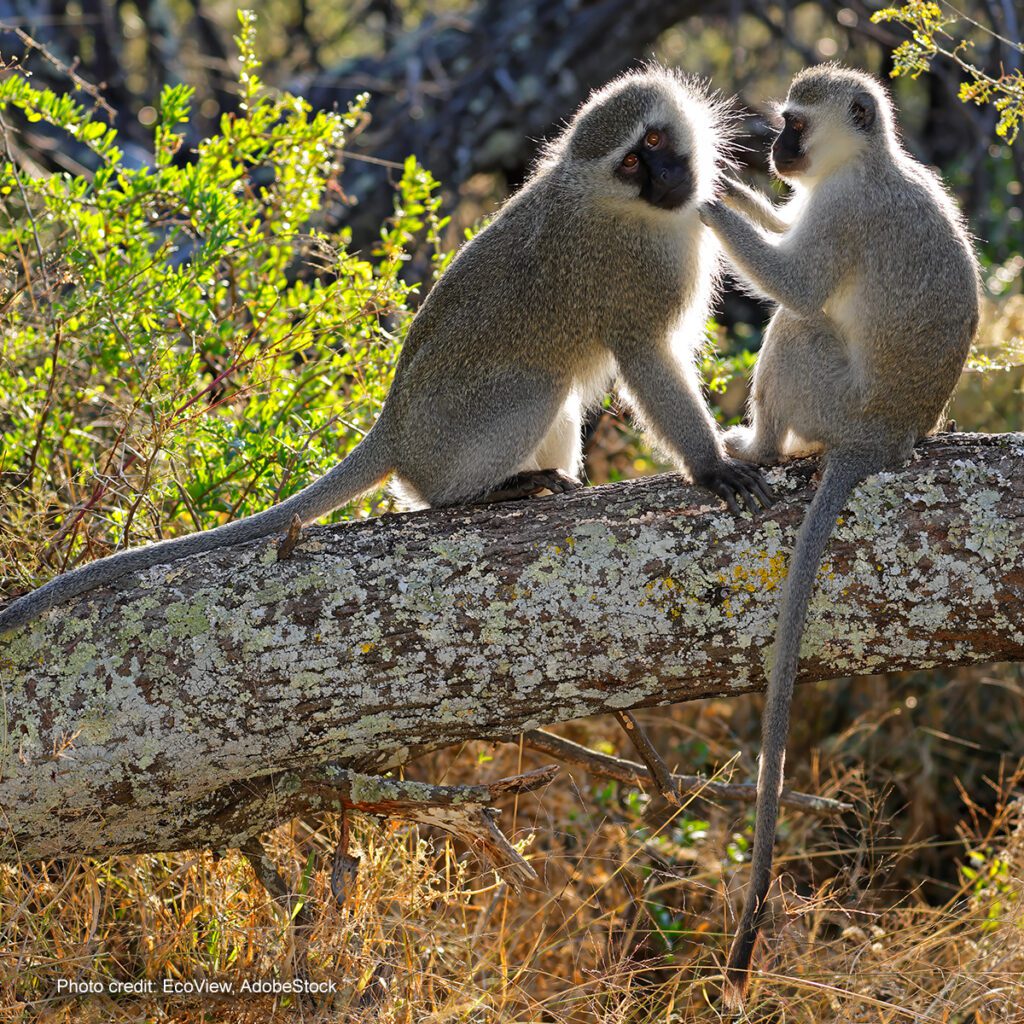
Jun 18, 2024 Communicating Animals: A Doctor Dolittle Story
 In 1980, Robert Seyfarth, Dorothy Cheney and Peter Marler published a paper in Science reporting that a vervet monkey troop in Amboseli National Park in Kenya used three different alarm calls to signify danger respectively from eagles, leopards and snakes. According to Snowdon, this paper was very influential in animal communication because it illustrated that animal communications could carry specific referential messages and were not simply emotional outbursts. Snowdon also noted its importance to the new field of animal cognition as it emerged from the straightjacket of behaviorist thinking.
In 1980, Robert Seyfarth, Dorothy Cheney and Peter Marler published a paper in Science reporting that a vervet monkey troop in Amboseli National Park in Kenya used three different alarm calls to signify danger respectively from eagles, leopards and snakes. According to Snowdon, this paper was very influential in animal communication because it illustrated that animal communications could carry specific referential messages and were not simply emotional outbursts. Snowdon also noted its importance to the new field of animal cognition as it emerged from the straightjacket of behaviorist thinking.
A recent paper in Nature Ecology and Evolution exerts a similar influence. This study used a combination of Machine Learning (ML) and field playback of particular sounds and reported that elephants use specific ‘names’ to call specific herd members. The researchers recorded 469 calls with known elephant callers and elephant receivers. They then used machine learning to determine whether an elephant used the same ‘name’ for a given receiving elephant and whether different elephants also used that ‘name.’ The study’s authors note that their results, ‘combined with previous work in dolphins and parrots, suggest that the need to address conspecifics as individuals may have been an important selection pressure supporting the evolution of vocal learning.’
While elephants are known for their impressive cognitive abilities, it might be surprising to learn that prairie dogs also have sophisticated communication. Con Slobodchikoff, a professor at Northern Arizona University, has published reports indicating that Gunnison’s Prairie Dogs can communicate complex concepts to each other. For example, they can identify different humans by the colors of their shirts and issue specific warnings about human intruders, such as when a human is carrying a gun. Slobodchikoff’s findings are detailed in his 2012 book Chasing Doctor Dolittle. However, he notes that the idea of animals having language is controversial in scientific circles because language is often considered unique to humans. To describe animal communication in the book, Slobodchikoff uses the term “discourse systems” instead of “language” to refer to the different communication systems found among other species of animals.
The Earth Species Project appears less concerned about scientific reactions to claims that animals have language. A session held at the World Economic Forum in San Francisco on October 25, 2022, explored animal and plant communications and how artificial intelligence and machine learning can open a window into animal communication and language. (Aza Raskin of the Earth Species Project metaphorically refers to this as opening the mind’s “aperture”). The workshop provided a captivating insight into animal and plant communication. For instance, Raskin described how a primrose flower reacts to the sound of an approaching bee, but not an approaching bat, to produce sweeter nectar. He also discussed how dolphins accurately respond to a gesture that prompts them to perform a behavior they have not done before and how two dolphins appear to communicate to perform the same new behavior.
One of the academics working with the Earth Species Project is Karen Bakker of the University of British Columbia. Her 2022 book, The Sounds of Life: How Digital Technology is Bringing Us Closer to the Worlds of Animals and Plants (Princeton University Press), is described by the publisher as “sharing fascinating and surprising stories of nonhuman sound” that are being decoded by artificial intelligence systems and human researchers building dictionaries of “East African Elephant and Sperm Whalish.” Meanwhile, Dr. Slobodchikoff and his colleagues have launched Zoolingua to support research into understanding what dogs are saying, and Meowtalk hopes to do the same for our cats. Would it be possible, someday in the future, for an attorney to call her animal client to the witness stand?


